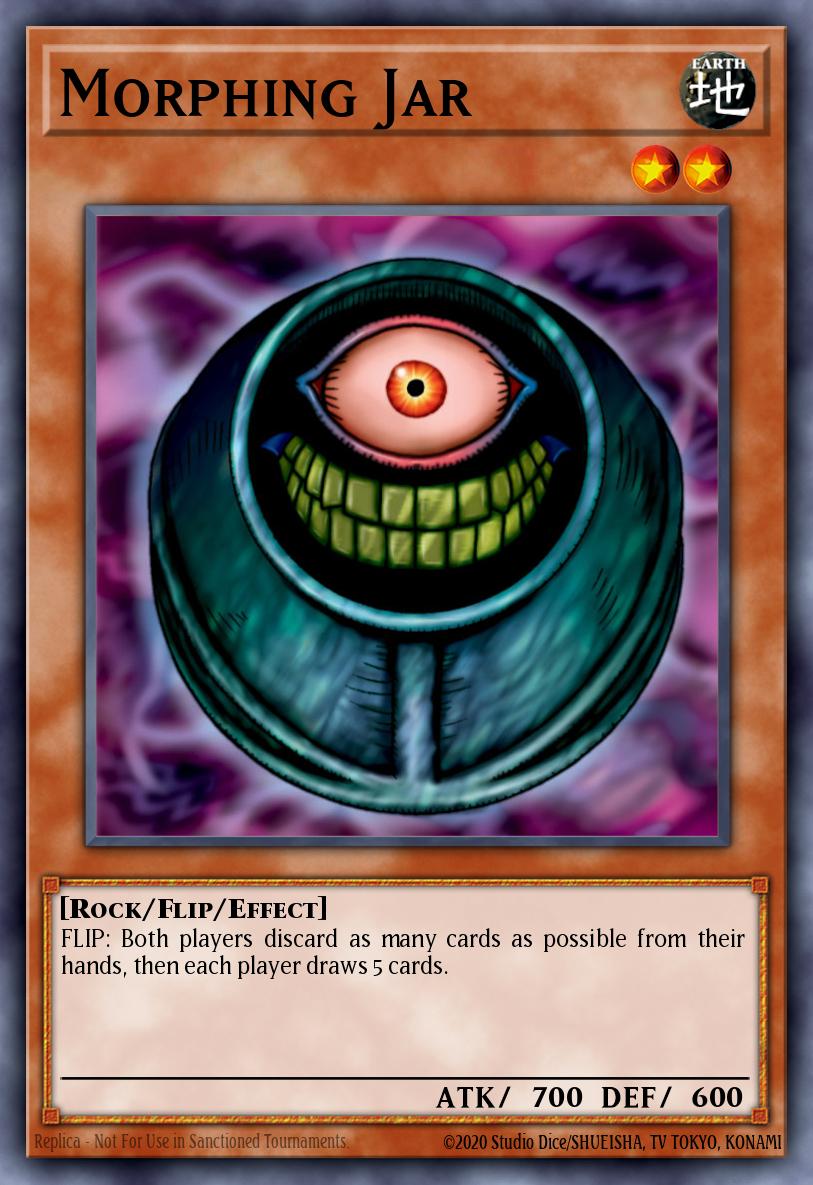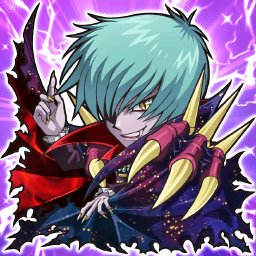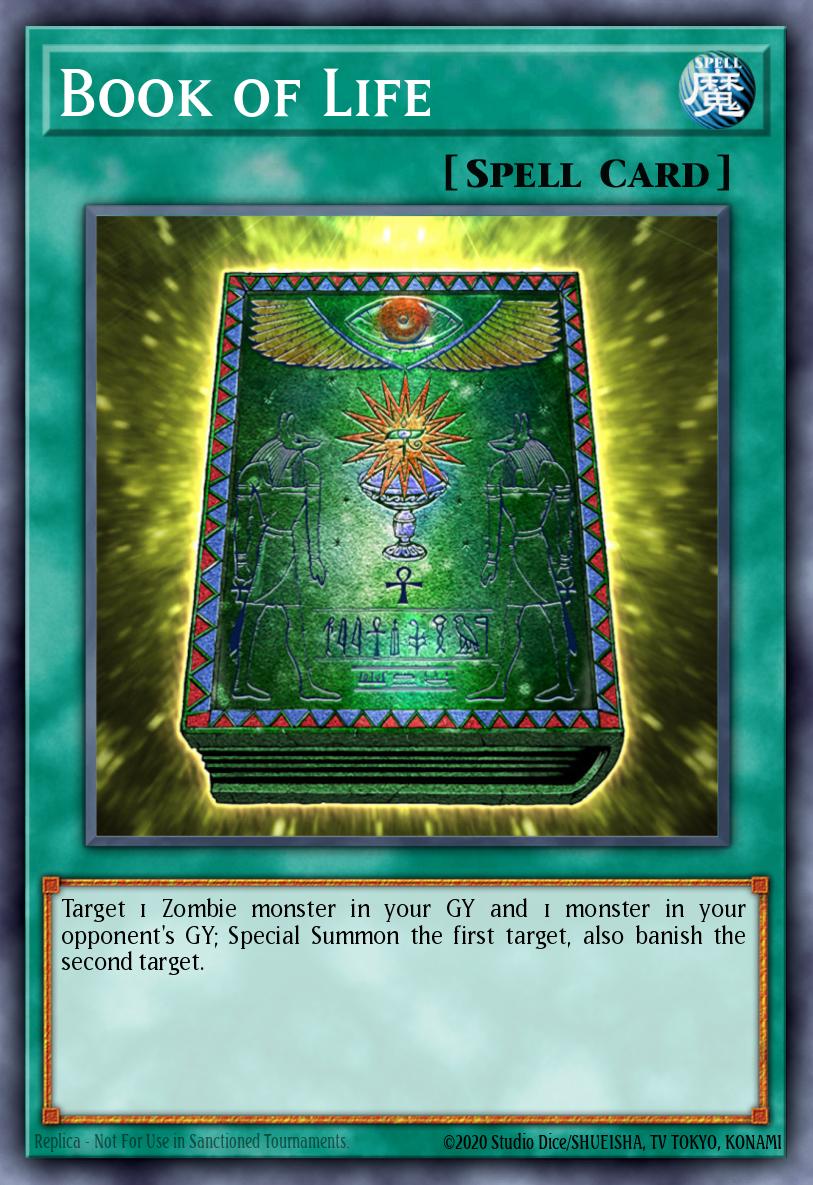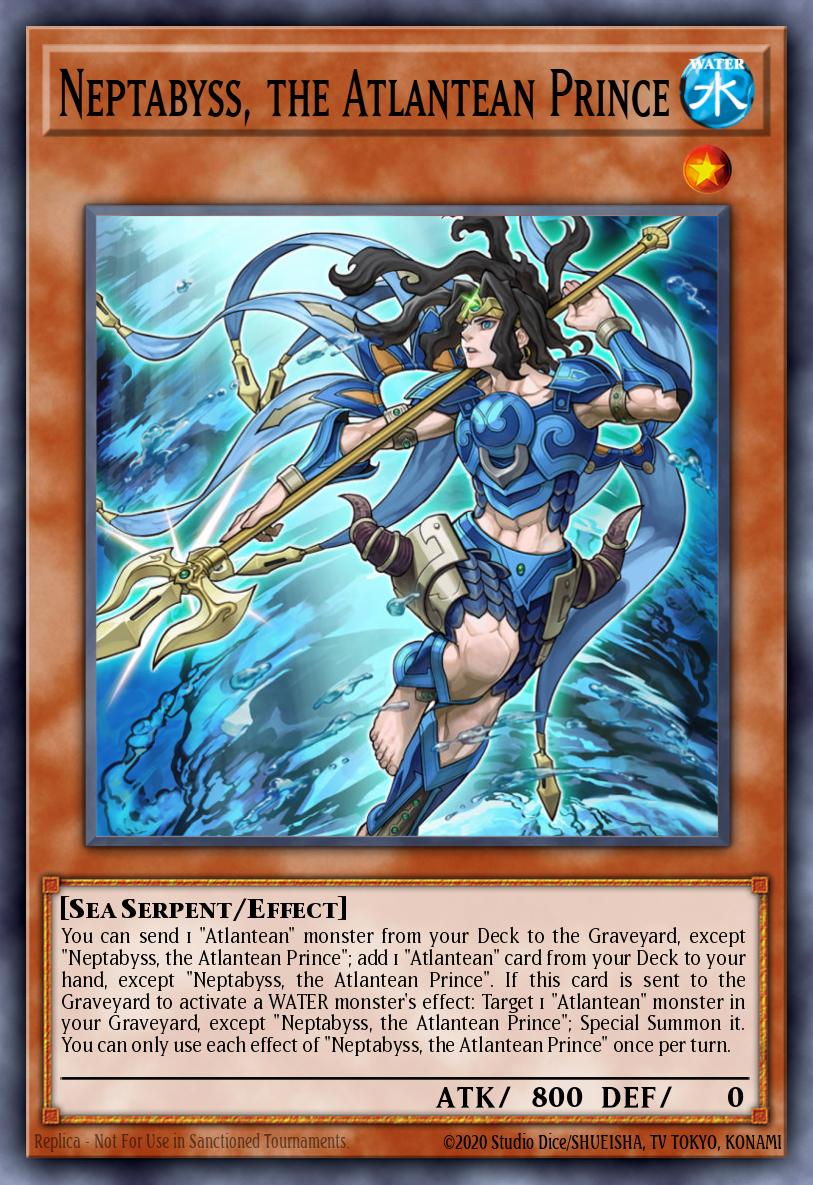It seems weird to start a tourney report series involving Goat Format, considering I haven't been part of any major official tournaments. But over the course of playing, I found a couple of instances, while hysterical at times, are worthy enough for an article.
Being Mistaken about Mistakes
Many of these instances would be common knowledge to some, and a familiar occurrence to many more. After all, the format's card pool is stagnant. Play any more and nothing new pops up. For the older players, this article hopes to serve as a reminder and for the newer players, an introduction to some gameplay situations.
1. Morphing Jar - Assumptions
This game started with me setting one monster and three set cards, an unusual opening for the format. Sensing something was up, my opponent was quick to play Heavy Storm, which was in his opening hand. Needless to say, I was ready for it, so I flipped Magic Jammer, and discarded Chaos Sorcerer for it. He followed up with Graceful Charity, and cross-out Jar, leaving me at a huge disadvantage to start off the game. Looking back, setting three backrow with a set monster is indeed a pretty ballsy move for a conservative format like Goat Format. And my opponent happened to have plenty of power spells in his hand.
However, in the following game, after siding, I replicated this play, but only this time with a different set of cards. Big Shield Gardna backed by Book of Moon, Magic Jamer and Dust Tornado.
My opponent, thinking I was cocky enough to go for the exact same play, baited me with Pot of Greed, which I negated. He then attempted to Crossout my Gardna. Of course, with Gardna's effect it negates the Crossout. The tables changed from the first game and now I was the one with the advantage.
(You may be asking in what world and universe does a deck with Gardna and Magic Jammer co-exist. All I can say is that I was trying something new.)
Try to use your opponent's assumptions against them. It is not easy to pull off but it is a fun thing to try.
There are many ways to accomplish this, and the reasons I like Gardna is one of them. Gardna, to me, is a Game 1-only card in Goat format. Or for when I want to start first. Its utility is to waste my opponent's Nobleman of Crossout, so I have a higher probability to resolve my flip monsters in the later stages of the game.
Its defense, which Book of Moon supports, aims to chip damage off such that minor damages snowballs into annoyance. Lastly, with two monsters needed to clear Gardna, it would make my opponent less Torrential Tribute trigger-happy, and make me happier to do so when they over-extend. All for a card with a shield bigger than Captain America.
Game 2 onwards, Gardna's utility as a threat diminishes. I usually side it out. But the mere suspicion my opponent may have of a face-down being Gardna is enough for me. It may make them perform sub-optimal plays to confirm the threat, especially in later stages of the game. Even in the Side Deck, Gardna does his fair share of work. One of my real-life playing friends is wary of Gardna after his two monsters attacked into it, trying to destroy it. I flipped Book of Moon targeting Gardna on the second attack, and he recoiled himself to death.
Assumptions play into personal preference, and while it may be difficult to spot online or with a stranger sitting across the table, you will be surprised at how much you can learn from a friend who you play with for extensively long periods of time.

2. Chaos Sorcerer - Banishing itself
Morphing Jar has already revealed itself for the game. It was flipped back desperately by Book of Moon and my opponent set three more cards to end the turn. In his hand were two cards he was ready to surrender to Jar's effect, one of which was Sinister Serpent, which I have had a read on.
Black Luster Soldier - Envoy of the Beginning was in my hand, but I was unable to summon it. And I would hate to lose it to Jar. Three copies of Thunder Dragon still rest in my deck, and despite all the draws and filtering, it has yet to appear. Blade Knight was in my graveyard and Chaos Sorcerer on my field. Chaos Sorcerer can't touch the face-down Jar. So when I drew into Premature Burial, I was put into an interesting position.
Summoning Breaker the Magical Warrior, I got addressed by a Ring of Destruction. I then banished Chaos Sorcerer with its own effect, confusing my opponent, revealing his 'what-are-you-up-to' face. After Blind MST-ing one of the cards, I Premature Burial back Blade Knight, and prepared to slash down Jar. But it ended up only baiting out a Sakerestu Armor. Thankfully, I was able to make all the risk pay off with a simple Call of the Haunted, and Blade Knight rendered Jar useless.
The following turn, my opponent had a passive defensive set (Sinister Serpent), and I used Delinquent Duo to completely cripple his advantage. That was the end of him. My momentum only snowballed from then on.
In hindsight, I should have summoned Blade Knight first before banishing Sorcerer away. But Torrential Tribute was already used by my opponent so I disregarded that threat.
That was the first time I ever played Sorcerer, in and out of Goat Format, and found myself needing to banish it itself. Maybe one day it will be BLS's turn.
3. Vampire Lord - The Formula

When this card inflicts battle damage to your opponent: Declare 1 type of card (Monster, Spell, or Trap); your opponent sends 1 card of that type from their Deck to the GY. Once per turn, during your next Standby Phase after this card in your possession was destroyed and sent to your GY by an opponent's card effect: Special Summon this card from the GY.
Zombie decks are pretty decent for the format and they may fly under the radar from time to time. I absolutely hate Vampire Lord's effect which revives him. When I first came across it I realized how many of Goat format traps are made redundant by it. Sakaretsu Armor, Mirror Force, Torrential Tribute. Absolutely annoying.
There is a standard 'formula' though, which Lord's deck destruction effect usually goes:
- Mill Traps
- Then spells.
- Then monsters
Traps will always be the controller's go-to option. Choose spells and risk Magician of Faith getting it back. Choose monsters and you give the opponent a chance to set up their grave or mill Sinister Serpent. Spells are a safer option only after Magician of Faith is banished by Crossout. In Goat Format, I would argue Spells are more broken than the Traps and Monsters.
When I mill my spells, I would usually find myself asking, "what do I not want to, or least want to, draw into next turn?" The answer is usually something like Premature Burial when I have no suitable targets in grave. Or Delinquent Duo who has ghosted me the entire duel and I am now precautiously nearing the below 1000LP mark. Other less obvious answers may include a wager between Mystical Space Typhoon and Book of Moon.
4. Book of Life
Target 1 Zombie monster in your GY and 1 monster in your opponent's GY; Special Summon the first target, also banish the second target.
Zombie deck's best weapon is perhaps Book of Life, a card that many other decks are unable to capitalize on.
Following up on our previous points, let's say your opponent allows you to mill a Monster Card. Would you go for Sinister Serpent?
The correct answer is no. Because chances are, that's the last time you will see Serpent for the game. A Book of Life is probably waiting for Serpent in your opponent's hand. Assuming your opponent knows how to make the best of their deck, of course.
The sequence of events goes:
- Opponent attacks with Lord and deals damage. Calling Monster Cards with its effect, I milled Sangan.
My opponent remained unsurprised and commented that Serpent was probably already in my hand. - I Dust Tornado his face-down after the battle resolved. He responded by chaining Mystical Space Typhoon on my other face-down - which he read correctly as Call of the Haunted.
- Because I Dust Tornado-ed early, Call of the Haunted would have still gone through. I managed to get a search off Sangan before the poor three-eyed soul got banished by Book of Life.
In turn, I sacrificed two face-down cards and allowed Sangan's banishment for the sake of a search. I would count it as costly. Although the searched Tsukuyomi did make good on the sacrifice. It allowed Nobleman of Crossout to clear Vampire Lord the following turn.
Back to the moral of the story though. When your opponent says monsters, it is either he has something up or he just made a huge misplay. Either way, it is good for you to have something up too.

5. Parshath over Soldier
Traps had already revealed themselves in this game state. This leaves only Ring of Destruction in the list of 'have not yet appeared' cards.
Exarion is set from the previous turn, and Black Luster Soldier - Envoy of the Beginning with Airknight Parshath in hand. I was facing a BLS as well and my opponent has 2500 LP left. I did another unimaginable play which my opponent regards as reckless. Special summoning Soldier to banish his Soldier, and then tribute Soldier away for Parshath. At that moment I felt quite like Kaiba as he sacrificed Obelisk for Blue-Eyes.
Here was my reasoning at that point of time:
- If I were to leave Black Luster Soldier on the field, I only had an answer for Snatch Steal. This was my face-down Mystical Space Typhoon. This would leave me vulnerable to Brain Control. Attack twice over my face-down and BLS would have ended me.
- If I were to lose Airknight to Brain Control, my face-down Exarion (if not crossed-out) would still leave me alive. Brain Control expires in the End Phase, and the next turn was mine. Threats like Torrential Tribute and Mirror Force are already used.
I did end up seeing Snatch Steal the following turn but not Brain Control. So it turns out my worry was for nothing. Until I got Ring of Destruction from my opponent on my following Standby Phase.
6. Knowing your deck inside out
Knowing your deck inside out doesn't simply involve knowing what cards you have in your deck, or what cards you have left in your deck. A player that brought me to the game gave me one of the most relatable advice I got: Know what that card does for your deck, what it can do that no other card can do, and know what it can do that other cards can do too.
This was back when I was building Chaos Dragon and debating between all the LIGHT and DARK Monsters to choose from. If I recall correctly, it was a choice between choosing Kycoo or Doomcaliber Knight.
As a new player, it was one of the 'biggest takeaway' in my early days of playing and nearly a decade later, I find it to be equally important.
In a format where there is limited S/T removal, baiting out traps becomes the norm. You can't avoid it so you will have to find a way to play around it. It can be as simple as summoning multiple monsters to bait out Mirror Force, but choosing two monsters like Sangan and Sinister Serpent to deal small but incremental amounts of damage. Or summoning Tsukoyomi alongside Magician of Faith to start the loop, knowing your opponent will Torrential Tribute at that point, but following up by summoning Black Luster Soldier to capitalize on that opening.
In a sense, situations and cards like these become 'outs'. So find ways to use your monster cards, to 'out' traps by baiting them, while leaving you with sufficient resources to survive and following up.
For those lost and confused, I merely just described 'playing around traps' in a very complicated but hopefully detailed manner.
There are easier and more obvious outs which players should start to see and recognize. Tribe-Infecting Virus and Aura Priest render Scapegoat useless. Exarion's defense stats weakens the utility of Parsath.
But there are also cards like Tsukuyomi, which isn't just a combo piece to the Magician-Tsuko loop or a Spirit monster. It is also a one card ticket to out many monsters such as Tribe-Infecting Virus, Breaker, and Thousand-Eyes Restrict. Just like how Enemy-Controller just outright destroys Berserk Gorilla, just showing your opponent Tsukoyomi is enough to signal them that it is time to reach their hand and guide their Monster Card to the graveyard.
Tsukoyomi is perhaps one of the most versatile answers to plenty of threats, and with Crossout, it does even more to the larger monsters. Which is why I have a preference to play two copies of it in my decks. For Chaos Turbo decks I side one copy. Even Monarchs bow down to that Spirit Monster.
7. Repurposing Morphing Jar
I found myself repurposing Morphing Jar once during the later stages of a game. Jar came at an ungodly time when I only had 12 cards in the deck and my opponent 10. It was flipped face-down again once by Tsukuyomi and when my opponent wanted to attack and get rid of it, I managed to resolve Book of Moon on Morphing Jar. That wasn't easy. The first almost fizzled away because my opponent was desperate enough to use Ring of Destruction. Luckily for me, I had a second copy.
That episode taught me how an Empty-Jar-deckout strategy can be Plan B for Chaos Control/Chaos Turbo deck, and in the same vein, I actually considered Cyber Jar for an 'optional deck out weapon and occasional flood field for game-ending attack' card. Book of Moon and Book of Taiyou can be used to exploit this and resolve them multiple times in a turn, but it all seems too trouble and too much effort for it to be called a Chaos Turbo deck by that point.
Still, an idea I want to throw out.
8. Book of Moon
I have grown to be a fan of Book of Moon, for the same reasons I like Tsukuyomi. Book of Moon answers many threats in the game and is good for stalling. And as you would have probably guessed by now, my favorite target card to Moon is definitely Big Shield Gardna.
Book of Moon can let you cheat your flip monsters' death once or twice and let it resolve one extra time. Other times it is a stalling tactic and when Thousand-Eyes is on the field, your Tsukoyomi(s) in grave, at least you can still do something and not outright die ton the Fusion Monster.
9. The Power of Understanding
I am a fan of Goat Format for many reasons. It keeps me busy, it keeps me connected to the game, it gives me moments to look back on and laugh upon during dinner gatherings with friends. It makes use of cards I would have no other use for. Most importantly, I learned plenty of technical aspects of games from it. Which is why I am fond of it as a learning tool.
You can extend these concepts to the modern formats of Yu-Gi-Oh!, and maybe other card games too. Even game design. You can get better at analyzing cards.
Using a more modern example - Cards like Neptabyss, the Atlantean Prince and Raiden, Hand of the Lightsworn are phenomenal for their archetypes. This is because they give options, moves, plays, that weren't previously available to their archetype. Before Neptabyss, Mermails couldn't send cards from their deck to the grave with a member of Atlantean monster. Genex Undine could fill a similar role but required you to play a largely useless card in Genex Controller. Raiden allows a mill on ignition and while Card Trooper could have given Lightsworn decks just that, it wasn't part of its family. Stats-wise, you can see and judge for yourself why Raiden 'is a better card trooper'. Despite the lesser 'instantly-milled' cards, the pros outweigh the cons.

These arguments and analysis bring you to a different level. To both enjoy and understand the game. You can get better at modern Yugioh, and Goat Format may just be the entry ticket you need.
For Goat Format, we have two elephants in the room - Cyber Dragon and Exarion Universe. Both are met with controversy because of how powerful they are. But it is important to know that whichever end of the argument you find yourself in, you can benefit from this controversy.
Know the reasons behind a card's overpowered-ness and not just the fact that it is an overpowered piece of paper. If you still have no clue, hopefully, the articles on our site can give you a few lightbulb moments or two.
Conclusion
While it may be tempting and easy to netdeck a list off the net, over time, you will have to tweak it to suit your needs and cater against your opponent's threat.
For example, I play Exiled Force instead of Tribe-Infecting Virus in my Goat Control, because my main opponent is usually Thunder Dragon Chaos Turbo that doesn't play Scapegoat. I would rather dedicate my deck resources to hindering his Flip Monsters than invest in Tribe which doesn't pay off as often.




